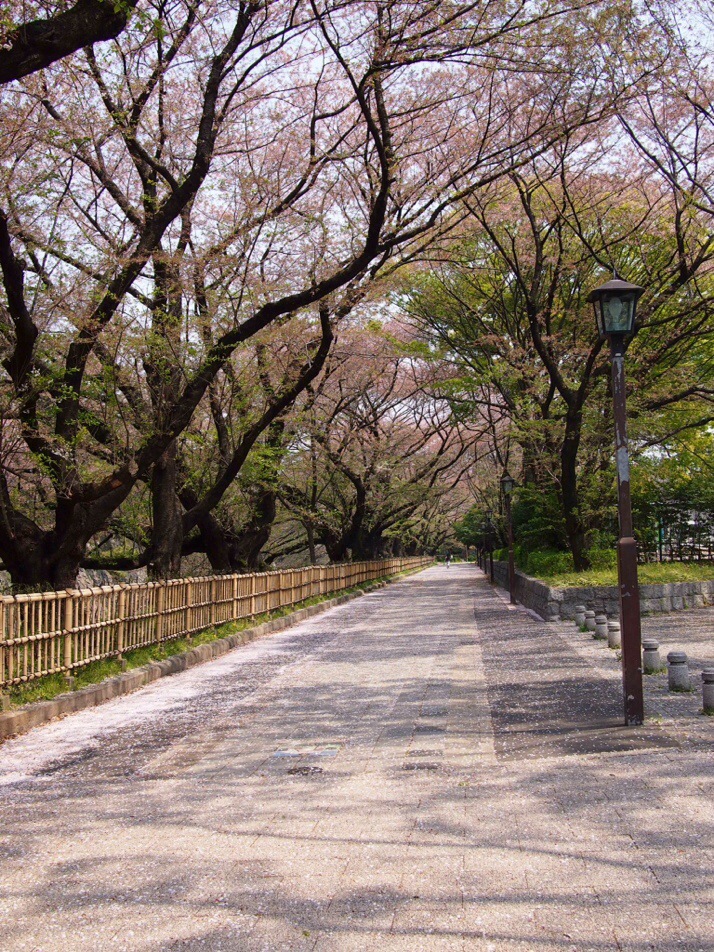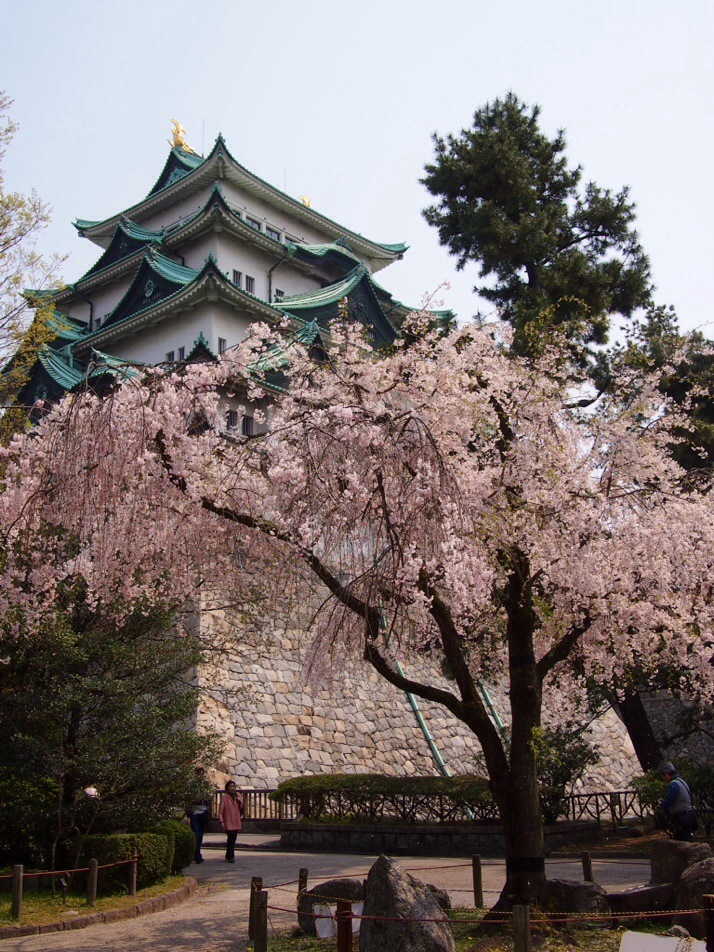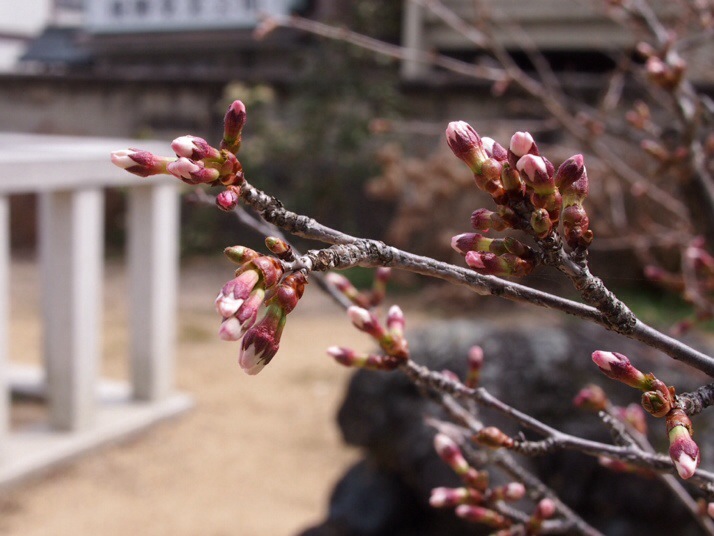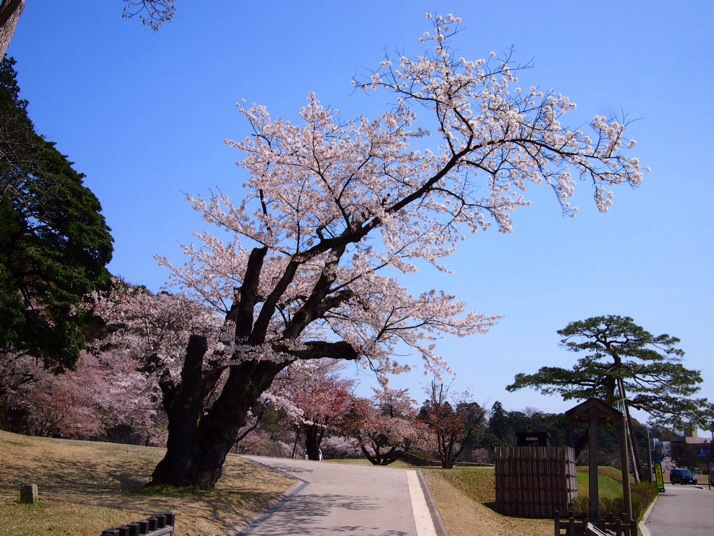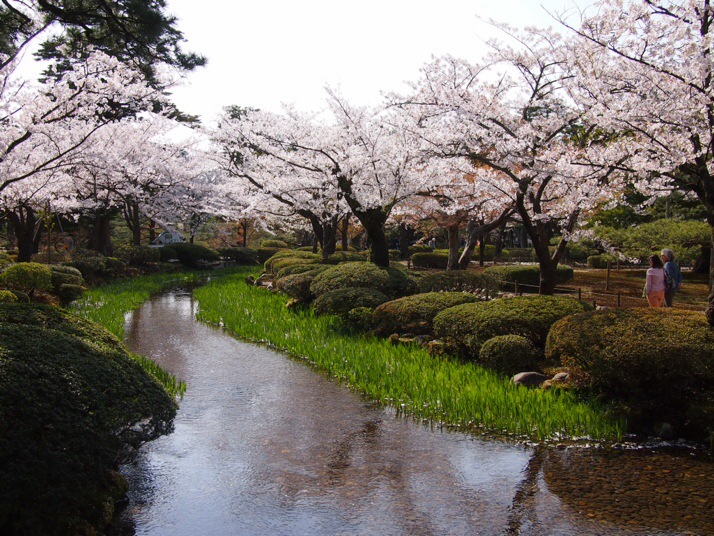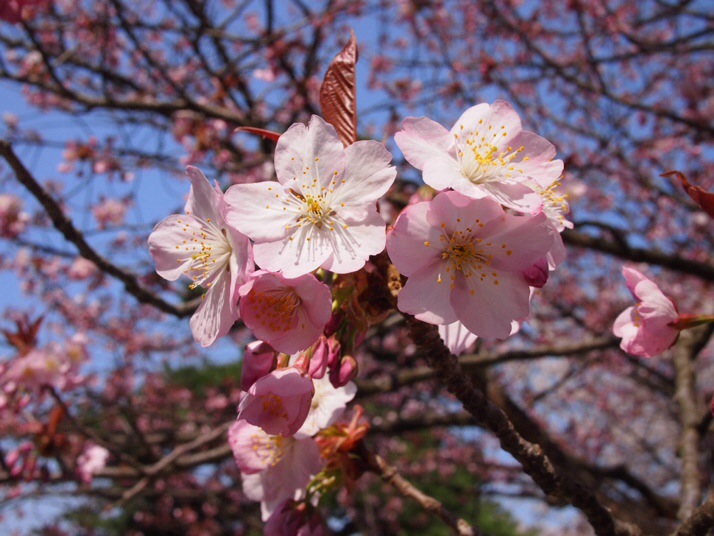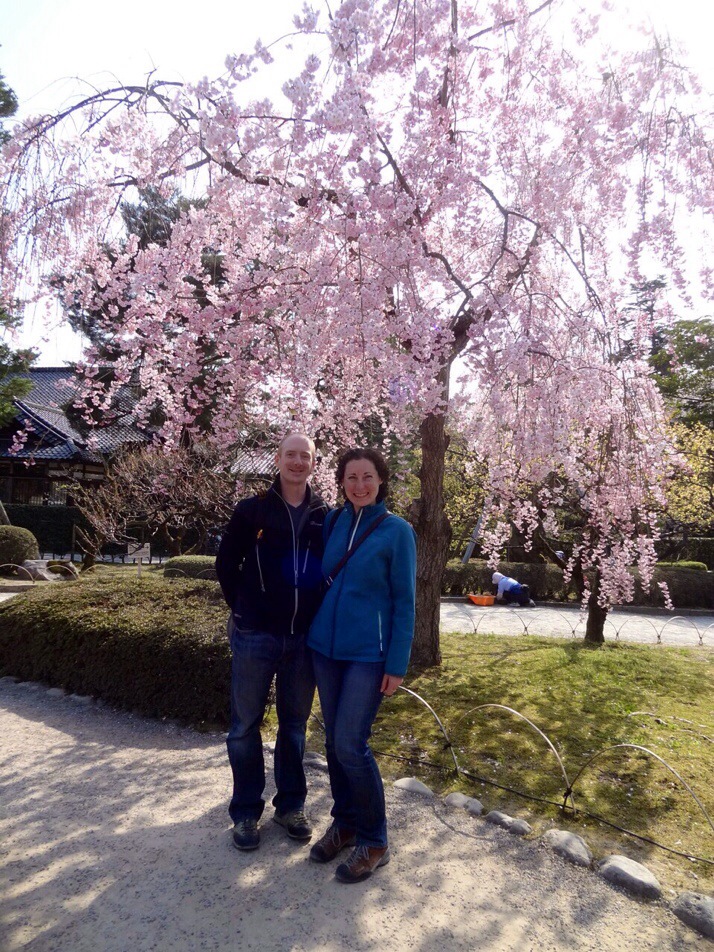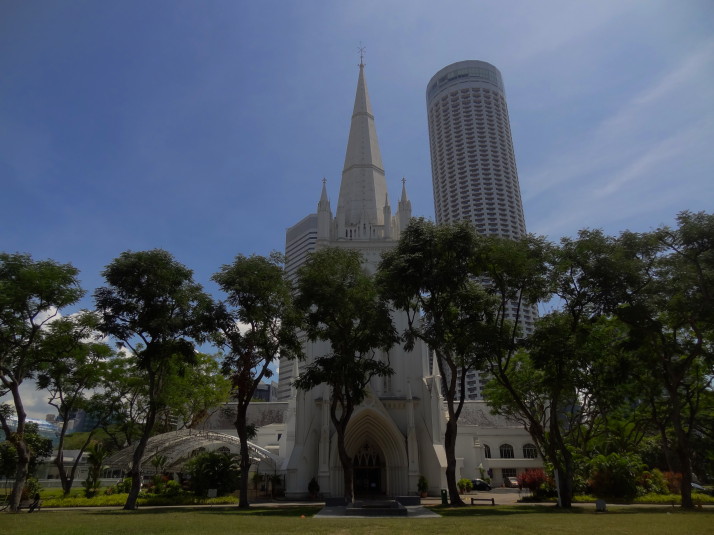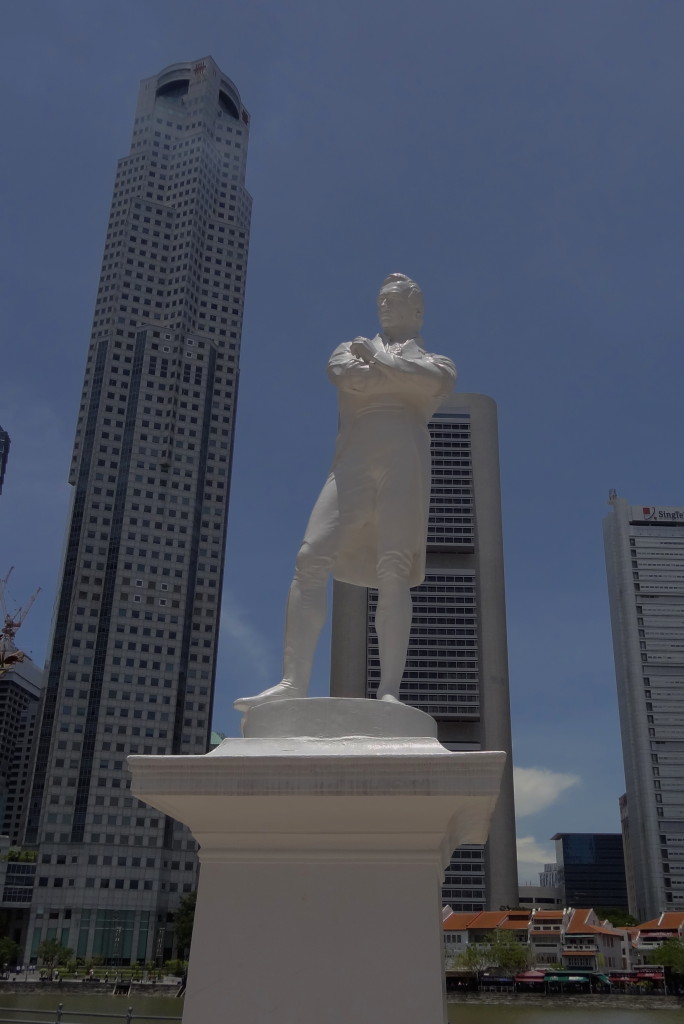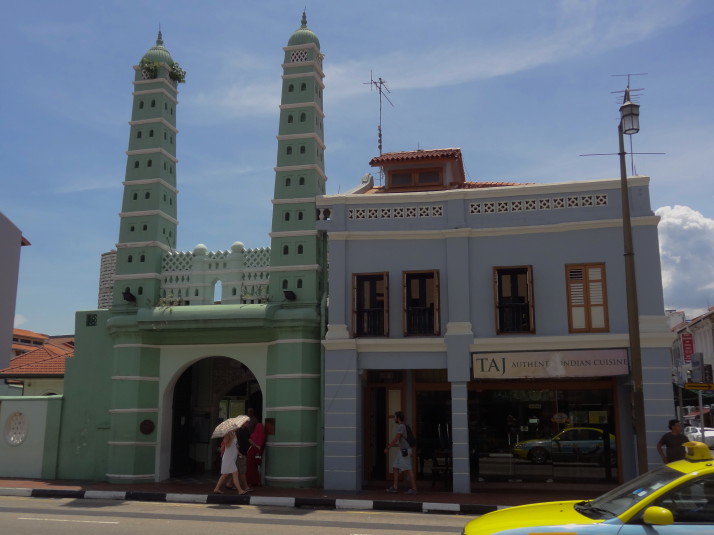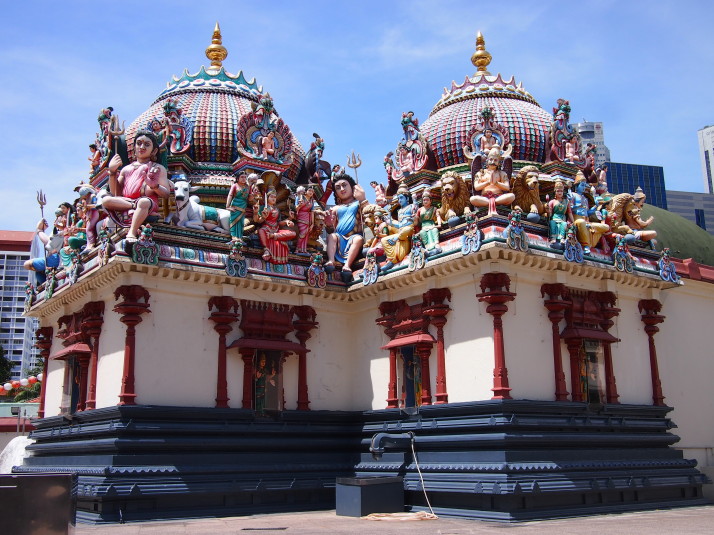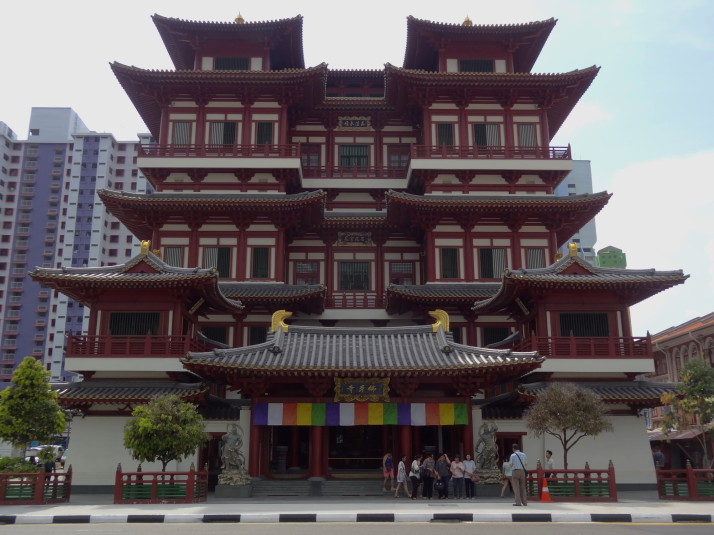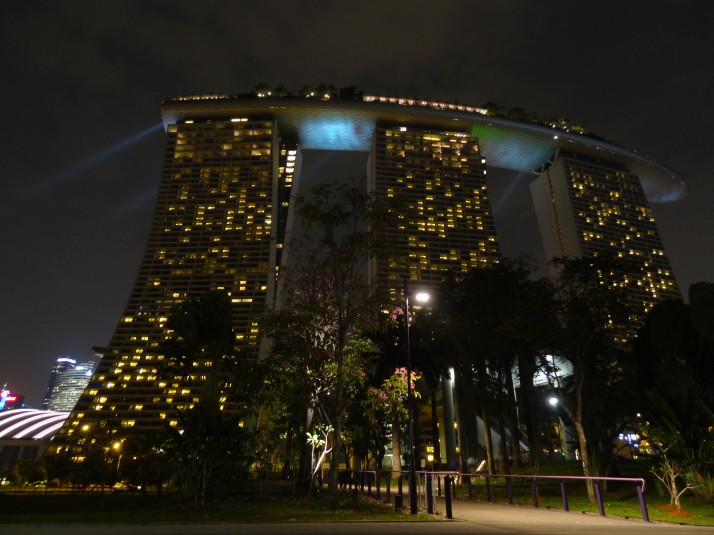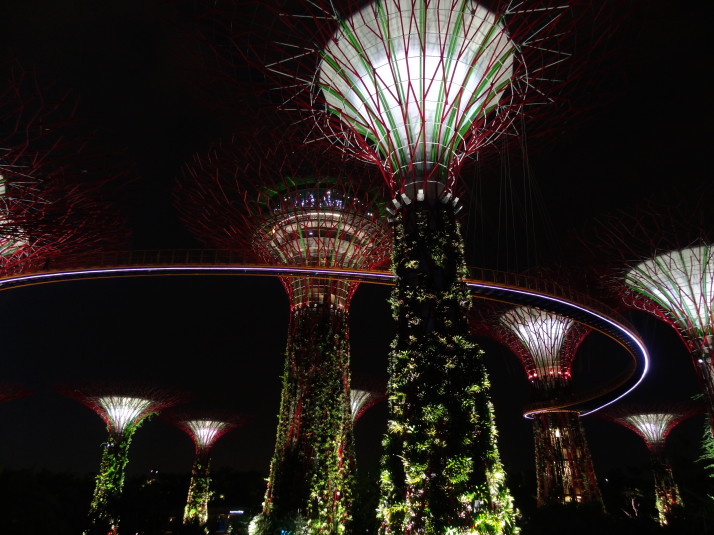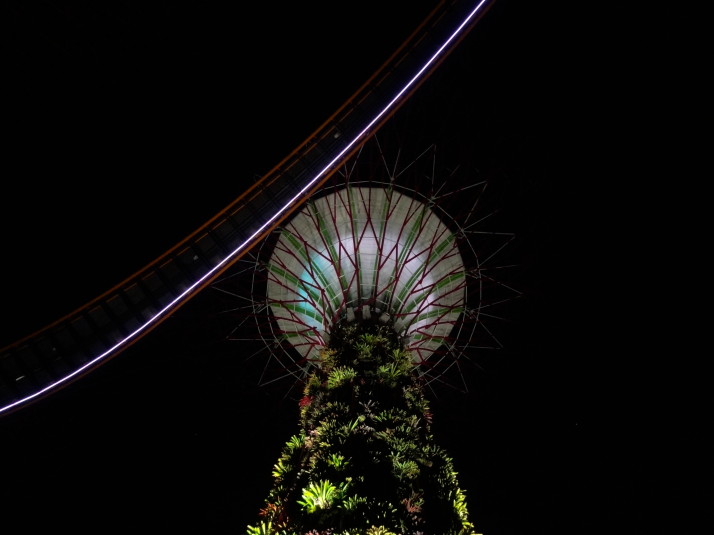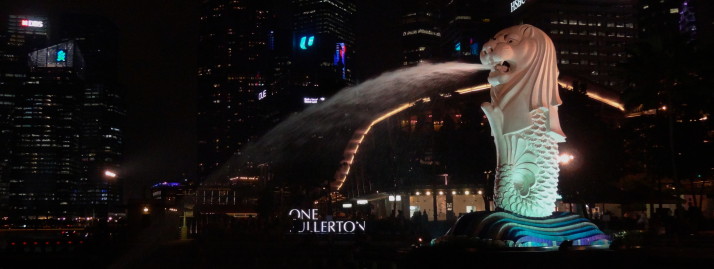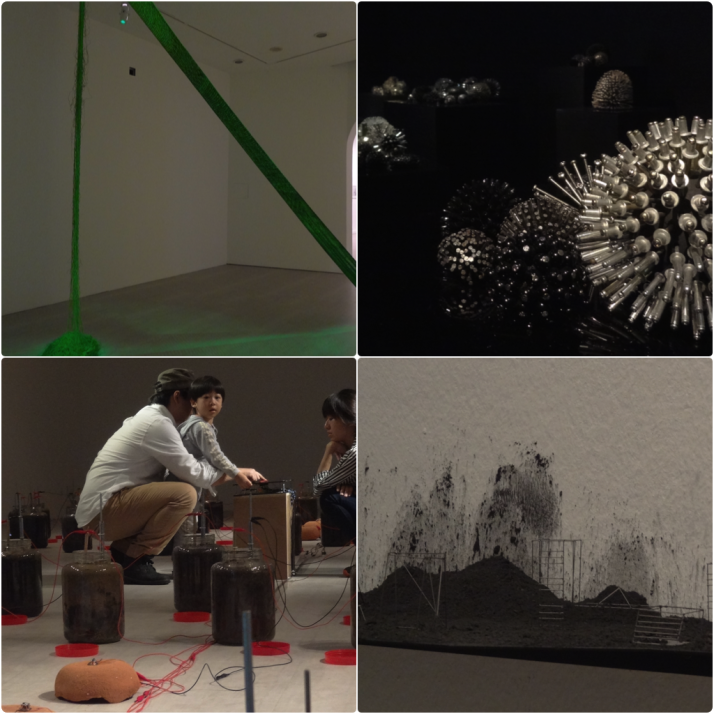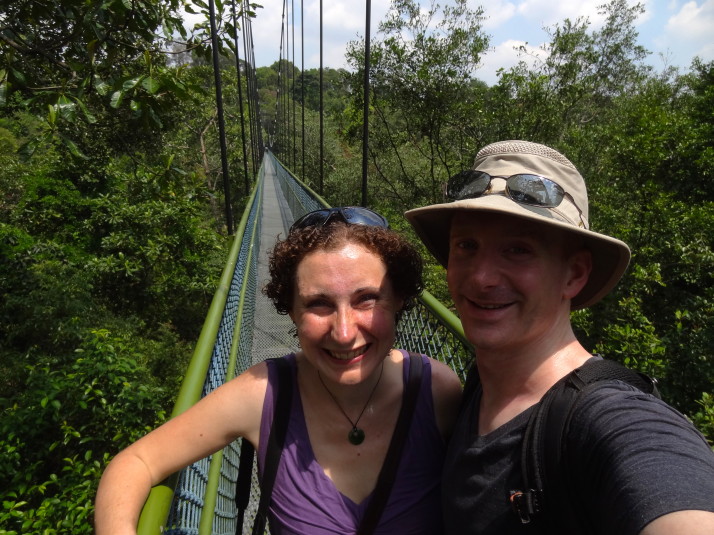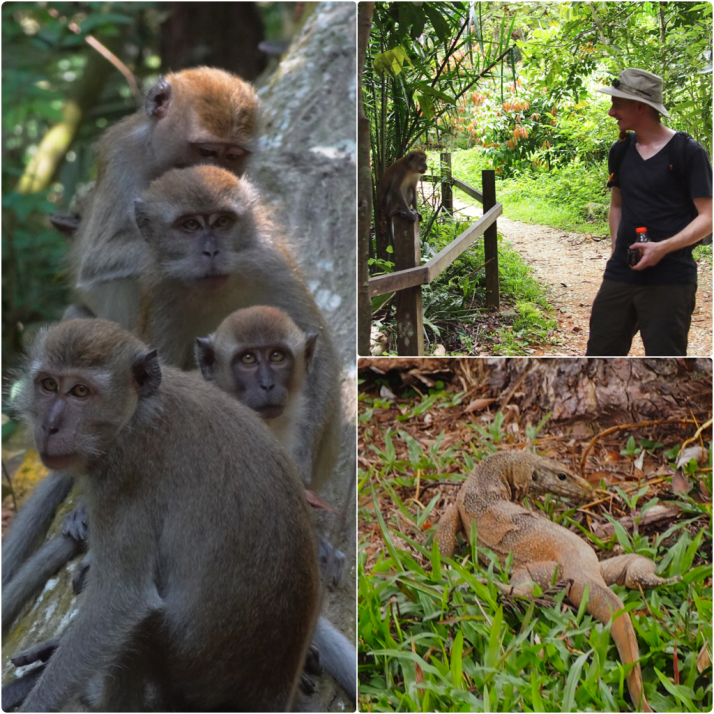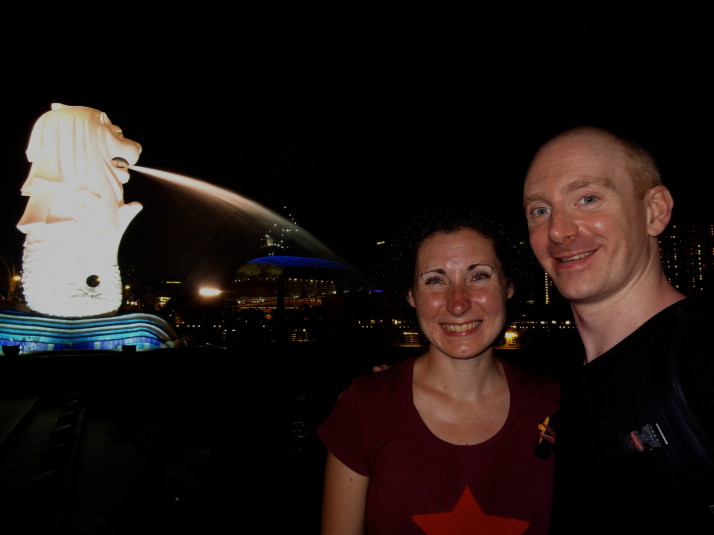Before we set off, we did a lot of research to decide what we needed to take with us on our two year trip. After a year of travelling 12 countries, through various climates, here’s a run-down of how our initial packing decisions turned out..
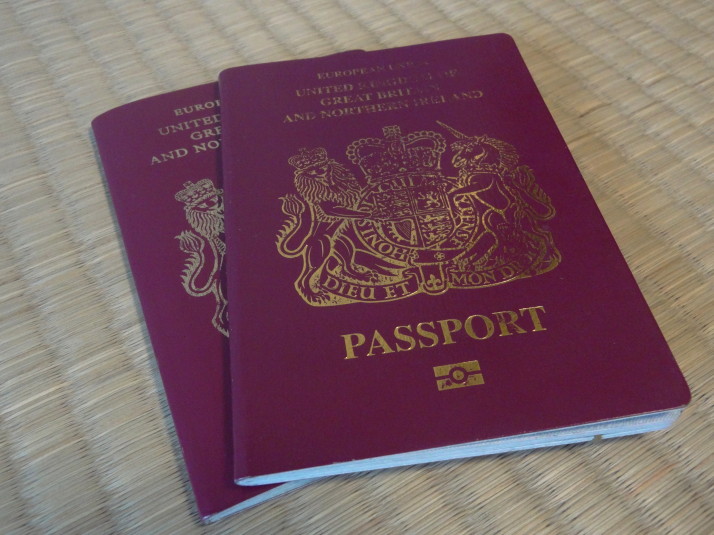
Our passports – pretty essential kit for crossing borders, checking into hotels & hostels, and for renting scooters
How much of your original kit are you still carrying?
Most of it, which shows that the careful thought and lots of research we did largely paid off.
What was the first thing you bought on the road?
A fleece hoodie in our first country, Riga. I knew it would be cold, and having grown up in the north of England I thought of myself as pretty hardy, but my word Riga in March was bitter. Two shirts, a jumper, gloves and a windproof jacket just weren’t enough, so we bought a hoodie and a fleece-lined beanie hat to cover my ears.
What was the first thing you ditched?
After almost a year, Julie ditched her camera bag in favour of a smaller waterproof pack. She found the camera bag was bulky in her hand luggage, and made her back ache when carried all day on its own.
With hindsight, what would you have left at home?
The tripod. I’ve used it all but a handful of times, and while it’s definitely the right bit of kit for those times, honestly, a table-top-sized one would have served just as well without the bulk and weight.
.. and what do you wish you’d brought with you?
We’ve found it easy to buy the odd thing we’ve needed, and there’s not been much besides the usual consumables (toothpaste, shower gel, sun cream, etc).
What piece of kit do you find you use the most?
We use most if not all of our clothes and kit on a regular basis, with the fortunate exception of our medical packs, but the most regularly reached for kit would be our iPads.
As I mused in our 12 month summary, and discussed with fellow travellers we’ve met on the road, the prevalence of mobile internet connected devices makes backpacking so much easier. Some posit that they mute the spirit of discovery and adventure as it’s too easy to research destinations before going. For us, finding somewhere to stay in an unfamiliar town when tourist visas are too short really helps our planning and means we can visit more places, and they’re invaluable for backing up our photos too.
A special mention also goes to the excellent Skross multi travel adaptor. It’s pricey, but with the separate dual USB charger that fits most Asian sockets, it’s meant we can charge both iPads and Julie’s camera at the same time.
.. and what piece of kit do you find you use the least?
In terms of what I thought would be more useful than it has actually been, I’d say my penknife. I remember using it all the time when I went camping as a young lad. I used it so often it had a designated pocket in my trousers so it was always at hand. For some reason I thought it would be as handy on this trip, but like the tripod I’ve only used it a handful of times. However, it’s one of those things that for its size and utility, I wouldn’t be without.
Have you had to replace anything?
Tragically, my Tilley Hat of Trekking suffered a critical injury while taking a shower in Vietnam. But, because of Tilley’s guarantee and amazing customer service, they arranged for a replacement to be sent to us in Thailand. I have a brand-new Tilley Hat of Trekking! (it’s an Organic Airflow in Khaki/Olive if you’re curious).
Julie bought a new pair of jeans, and I’m on to my second pair of Scarpa hiking shoes, both of which her parents delivered when they arrived to meet us in Beijing.
Finally, do you have any kit-related advice for travellers about to embark on a long period of travel?
The best bit of advice from our experience is that you don’t need as much clothing as you think you will (extra hoodie notwithstanding). I originally brought 6 t-shirts and I probably wear 3 of them regularly. It’s handy to have more because it means we don’t need to do our laundry as often, but it does mean we have more to carry. Trying to choose items that you can layer up or down is helpful too.
Basically try to pack as light as you can, you’ve got to carry it.

 two year trip
two year trip